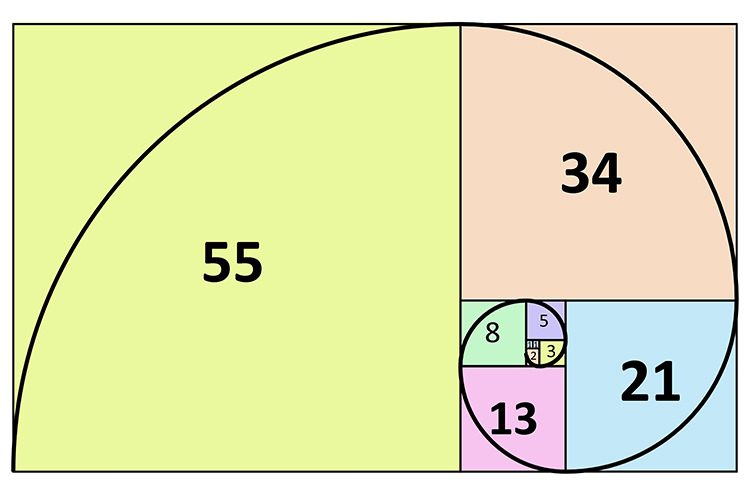Year 7
Algebraic Thinking
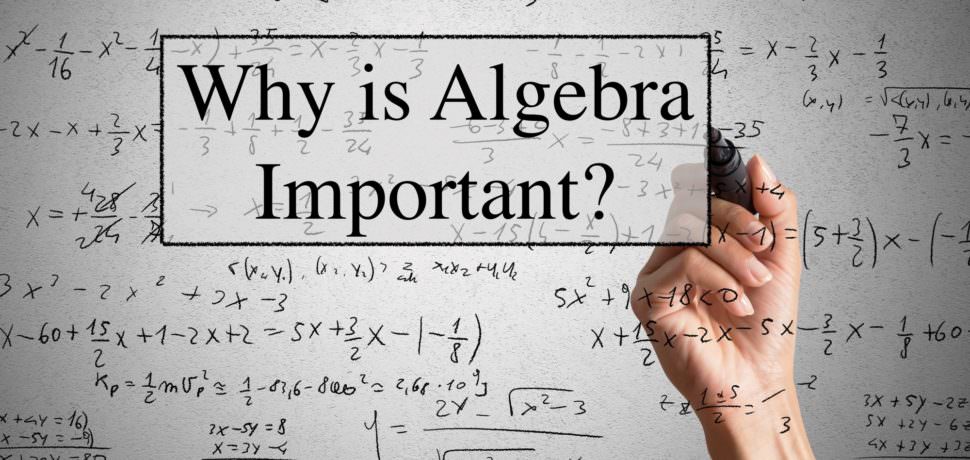
Sequences are at the very heart of mathematical thinking. The ability to spot a pattern both in diagrams and numbers enables one to spot trends and make predictions on outcomes. Pupils will also begin to learn that the Basic rules of arithmetic may be applied to algebraic expressions. Basic algebraic manipulation is developed so that pupils being to set up and solve simple linear equations.
Read MorePlace Value & Proportion
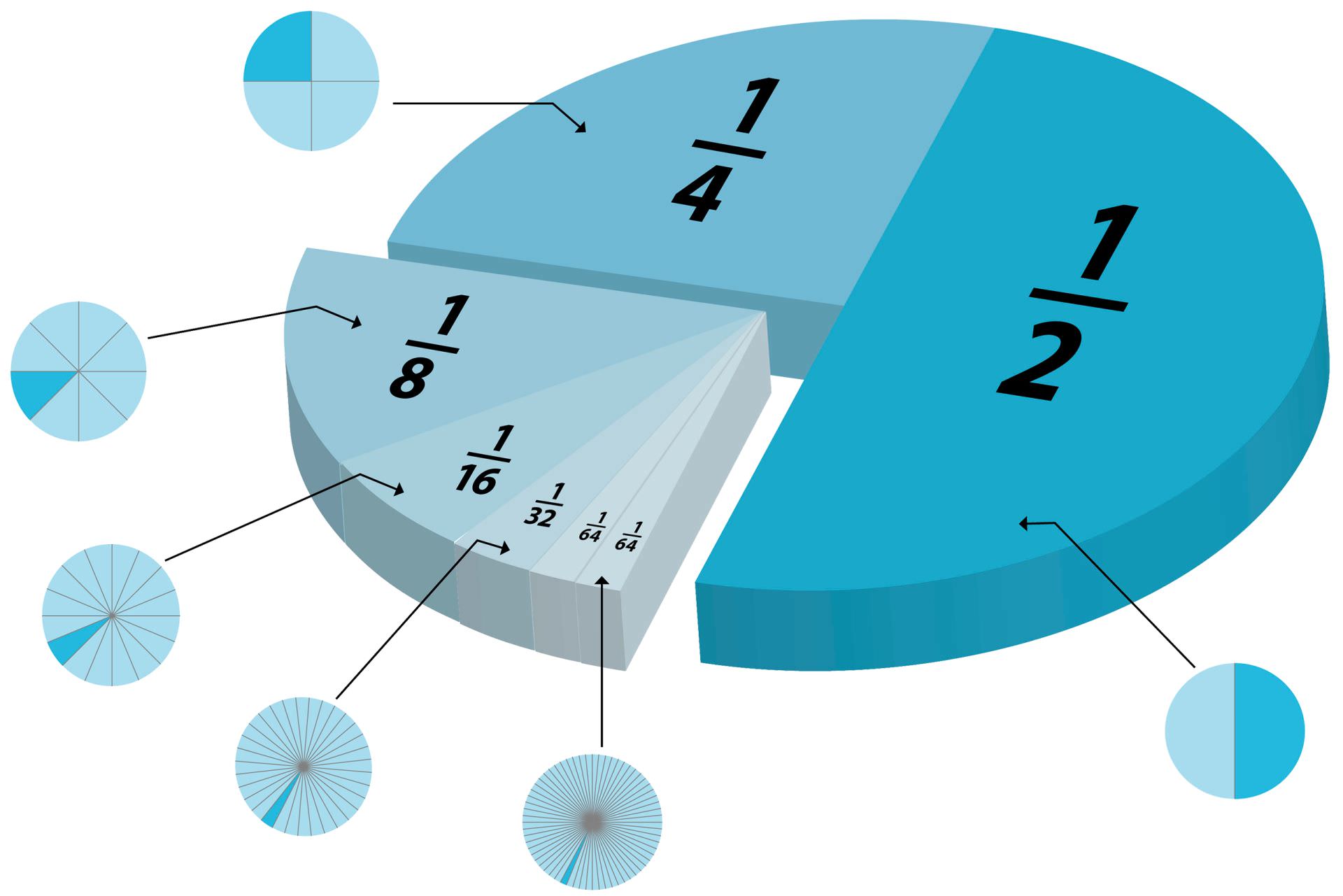
In this unit students will explore integers up to one billion and decimals to hundredths adapting these choices where appropriate for students. Students will gain a deep understanding of the links between fractions, decimals and percentages so that they can convert fluently between those most commonly seen in real life.
Read MoreSolving Problems with Addition & Subtraction

Number is at the heart of our Year 7 curriculum as this enables students to be successful in all other strands of Mathematics at KS4 and KS5. Calculator use is discouraged to promote further fluency starting with operations of addition and subtraction. Particular attention is give to working with positive and negative numbers and fractions.
Read MoreSolving Problems with Multiplication and Division

In the second Half Term the theme of the use of numeracy skills is continued by focussing on the operations of multiplication and division.
Read MoreFractions & Percentages of Amounts

This unit follows directly on from the work done in year 7 through learning about how to use bar models to understand proportional relationships. It also seeks to develop the concepts of how values change due to the application of a percentage increase or decrease. The multiplier method is explored in detail as this method facilitates the calculation of what the original value was before the change took effect (a process also known as reverse percentage change).
Read MoreDirection Numbers and Fractional Thinking

This unit is designed to extend and deepen pupils understanding of directed numbers and fractions. We will use the numberline alongside multiple representations to go below zero into negative numbers and zoom in between integers where we find fractions. Multiple representations and contexts will be used to enable pupils to appreciate the meaning behind these types of numbers rather than relying on a set of potentially confusing "rules".
Read MoreConstructing, Measuring & Geometric Reasoning
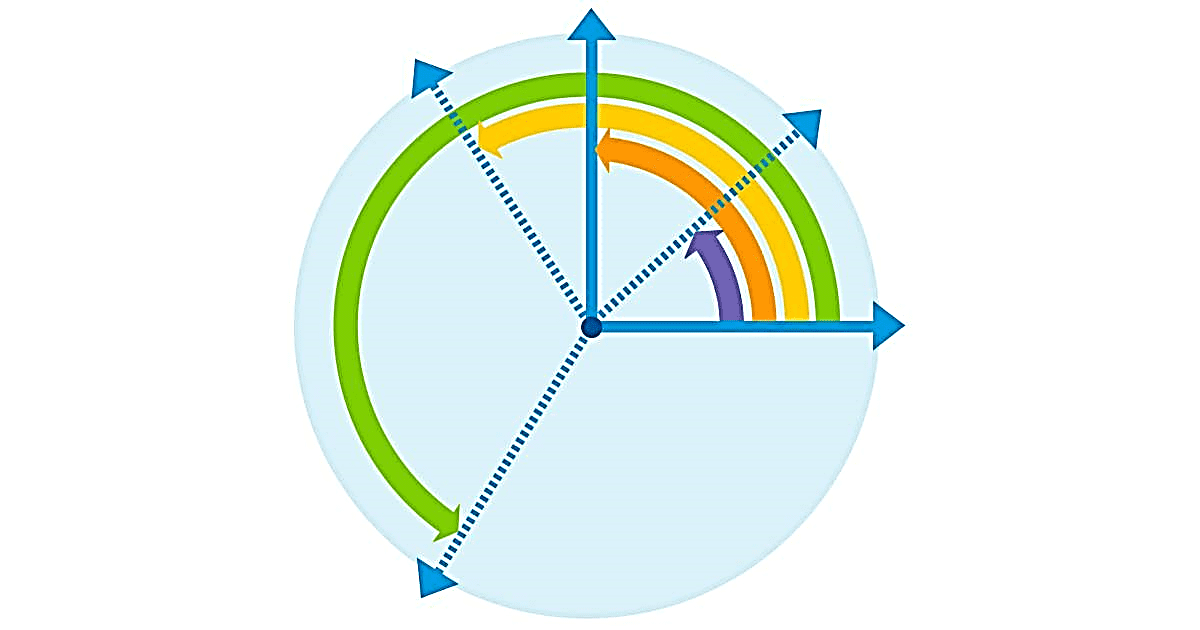
Students will build on their KS2 skills using rulers, protractors and other measuring equipment to construct and measure increasingly complex diagrams using correct mathematical notation. This will include three letter notation for angles, the use of hatch marks to indicate equality and the use of arrows to indicate parallel lines. Pie chats will be studies here to gain further practice at drawing and measuring angles. This portion of the curriculum will also cover basic geometric language, names and properties of types of triangles, quadrilaterals and polygons. Angles rules will be introduced and used to form short chains of reasoning, including the use of parallel line rules.
Read MoreNumber sense and Probability

Students will review and extend their mental strategies focussing on using a known number fact to find other facts. Equivalence between fractions, decimals and percentages will be revisited within the context of probability. Factors and multiples will be revisited to introduce the concept of prime numbers.
Read MoreYear 8
PROPORTIONAL REASONING

This unit follows directly on from the work done in year 7 through learning about how to use bar models to understand proportional relationships. It also seeks to develop the concepts of how values change due to the application of a percentage increase or decrease. The multiplier method is explored in detail as this method facilitates the calculation of what the original value was before the change took effect (a process also known as reverse percentage change).
Read MoreEXPRESSIONS, EQUATIONS AND INEQUALITIES
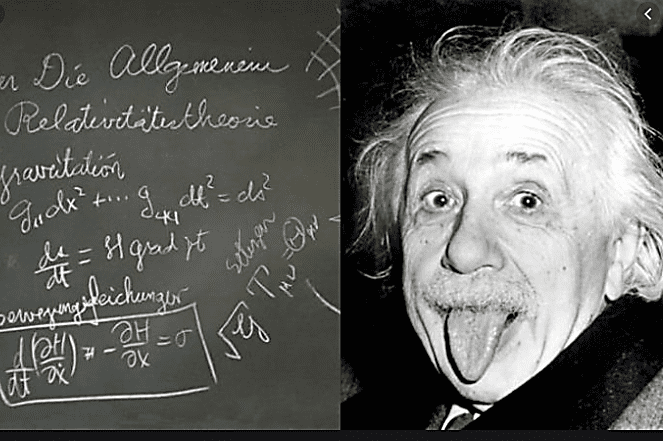
In this unit pupils begin to learn that the Basic rules of arithmetic may be applied to algebraic expressions. Basic algebraic manipulation is developed so that pupils being to set up and solve simple linear equations. The differences and similarities of equations and inequalities are explored.
Read More2D GEOMETRY
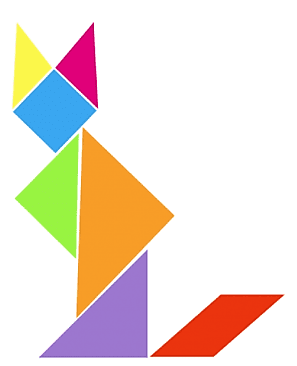
In this unit pupils investigate the nature of basic two dimensional shapes and discover their defining properties and how to calculate meaningful numeric values that help to quantify those properties
Read MoreSEQUENCES
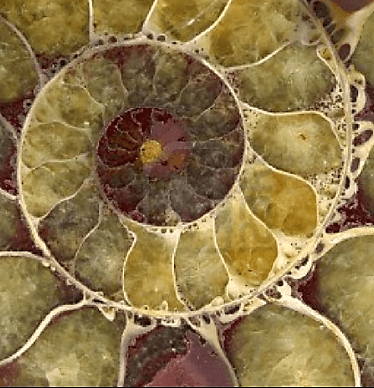
Sequences are at the very heart of mathematical thinking. The ability to spot a pattern both in diagrams and numbers enables one to spot trends and make predictions on outcomes. In this unit these aspects of sequences are studied.
Read More3D GEOMETRY
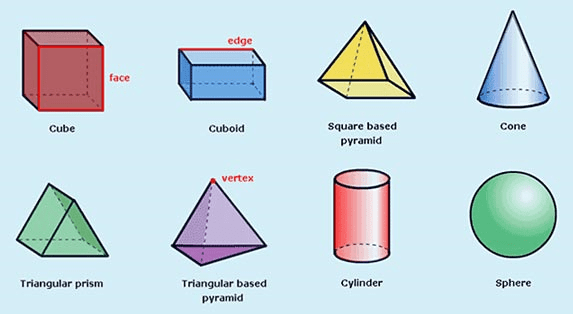
The three dimensions are literally all around us. Pupils learn how to describe and read the physical world that they live in using two dimensional drawings and shapes
Read MoreSTATISTICS AND PROBABILITY
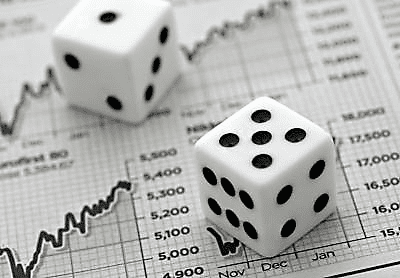
This unit provides the pupils with tried and trusted methodologies that enable the analysis and representation of simple data sets. It enable the pupils to identify trends and understand how two criteria may (or may not)be linked.
It also provides robust approaches to quantify how likely a single event or multiple is.
Year 9
ALGEBRAIC MANIPULATION
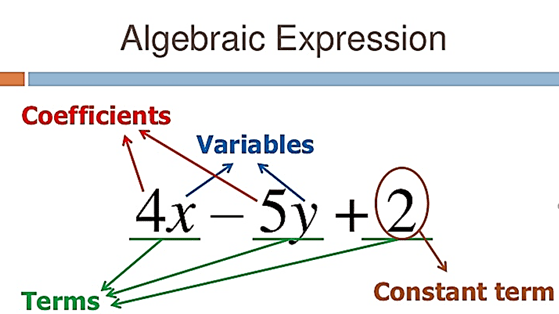
This unit builds upon the work done in AUTUMN 2 of year 8 (EXPRESSIONS, EQUATIONS AND INEQUALITIES) to allow more powerful algebraic techniques to be used when dealing with algebraic concepts.
Read MoreFURTHER COORDINATE GEOMETRY
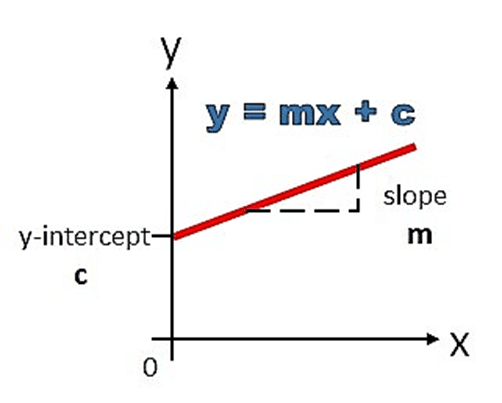
This unit of work builds on work from Year 7 Summer 1. It makes extensive use of the DESMOS graphing website allowing pupils to explore two-dimensional coordinate geometry in detail.
Read MoreANGLES, CONSTRUCTION AND CONGRUENCE
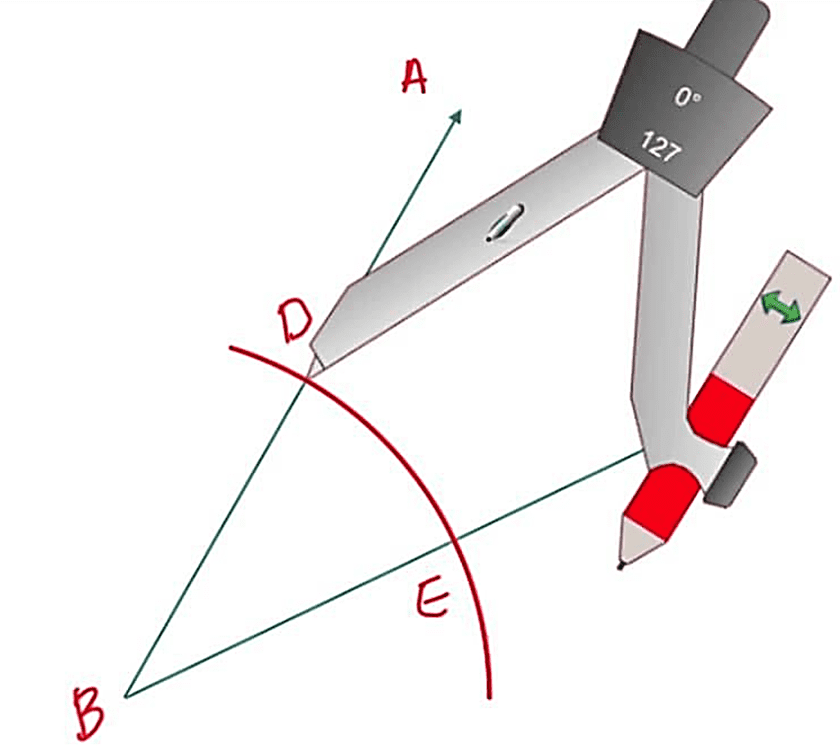
This unit of work builds on work from Year 7 spring 1. It makes use of the Geogebra graphing tool.
Read MoreQUADRATIC EXPRESSIONS, EQUATIONS AND GRAPHS

This unit seeks to consolidate pupils' knowledge and understanding of algebraic manipulation and linear graphs to solve more complex problems involving simple non-linear curves
Read MorePYTHAGORAS, SURDS AND SURFACE AREA
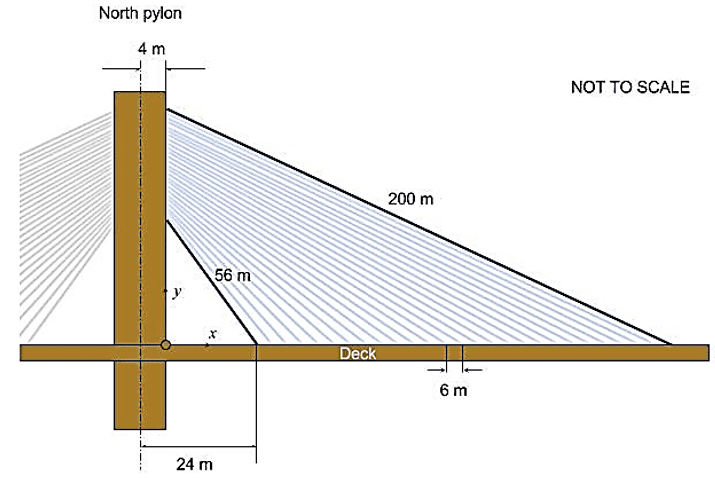
The Pythagoras Theorem is perhaps one of the widest known mathematical principles. This unit introduces this famous formula and investigates it deeply. It then broadens out to take in surface areas of common three-dimensional shapes.
Exact solutions involving quadratics and surds are also considered and explored.
PROBABILITY AND VENN DIAGRAMS
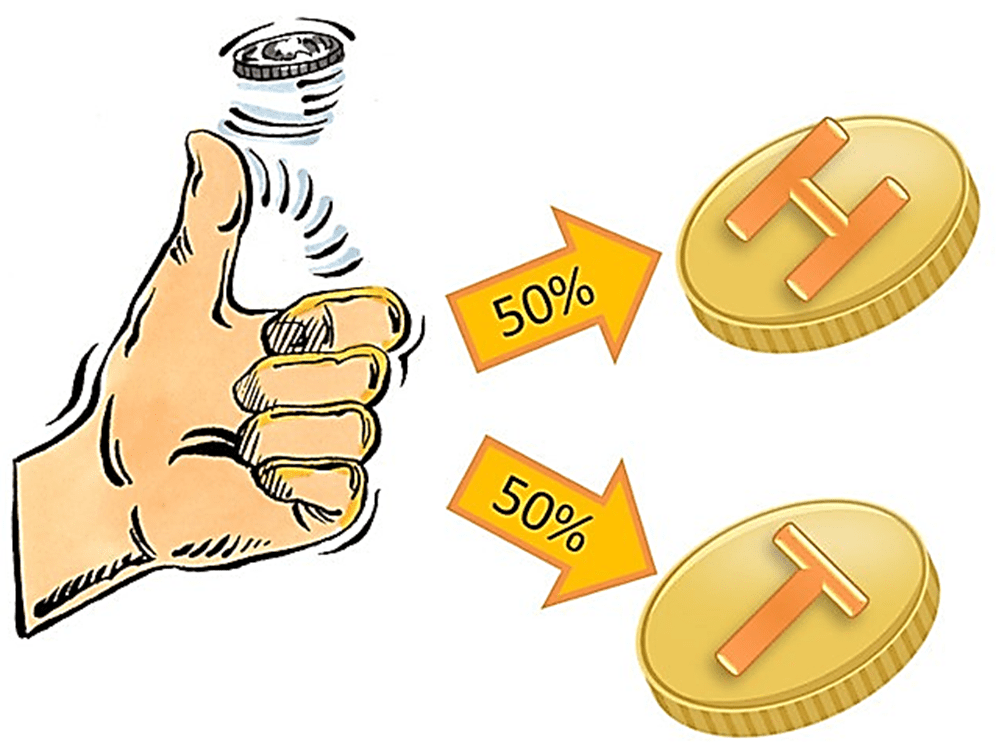
In this series of lessons, pupils look beyond the probabilities associated with a single event and looks at methodologies used to investigate how multiple events interact to affect the probability of a desired outcome.
Read MoreYear 10
TRIGONOMETRY, SURDS & PYTHAGORAS - Foundation
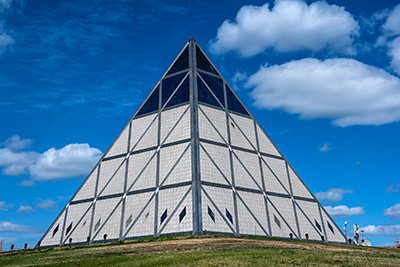
This is traditionally a demanding unit for all pupils. It builds upon the work undertaken in year 9 on the use of the Pythagoras Theorem and extends the concept into the understanding and use of the basic Trigonometry ratios. It also seeks to show how the two methodologies may be used in combination.
The concept of obtaining exact values by the use of Surds is an integral element of this unit and builds upon the notion of indices covered in year 8.
TRIGONOMETRY, SURDS & PYTHAGORAS - Higher
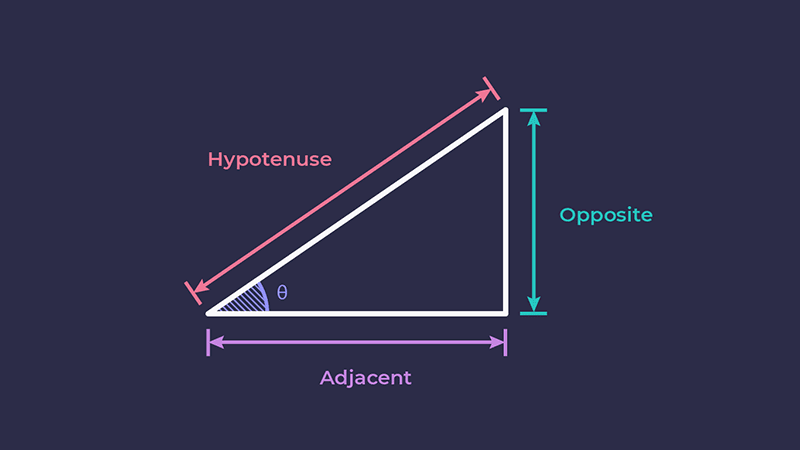
The Higher Scheme of learning includes all of the Foundation as list above and also covers additional knowledge and skills that delve deeper into the applications of TRIGONOMETRY, SURDS and PYTHAGORAS.
Read MoreCIRCLES AND EQUATIONS - Foundation
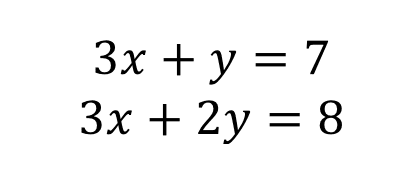
This is another unit that combines skills from different areas of Mathematics. It seeks to develop the use of algebra to solve simultaneous and quadratic equations and then investigate more advanced concepts of circles
Read MoreCIRCLES AND EQUATIONS - Higher
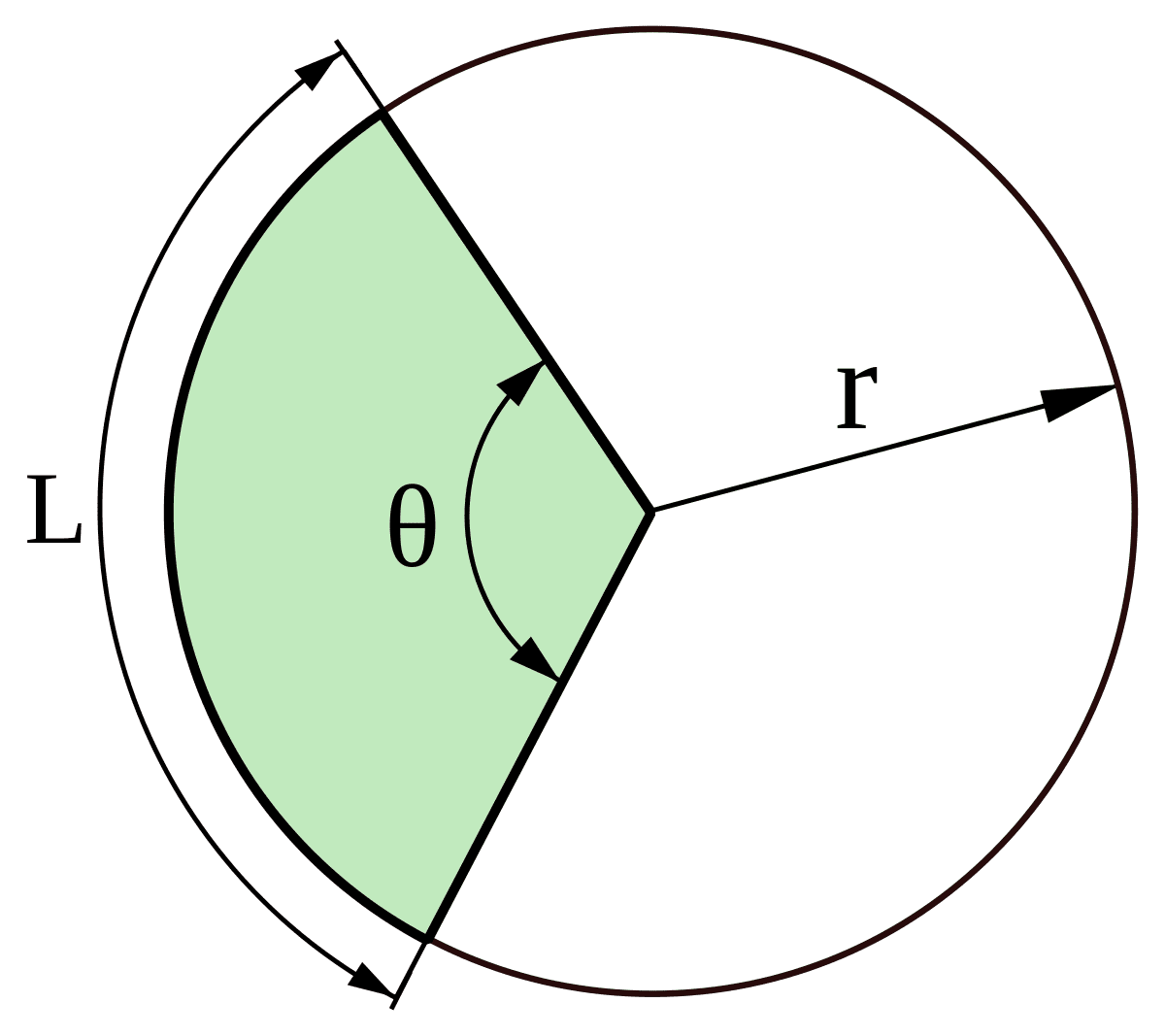
The Higher Scheme of learning includes all of the Foundation as list above and also covers additional knowledge and skills that examines more advanced aspects of CIRCLES AND EQUATIONS.
Read MoreSCIENCE SKILLS
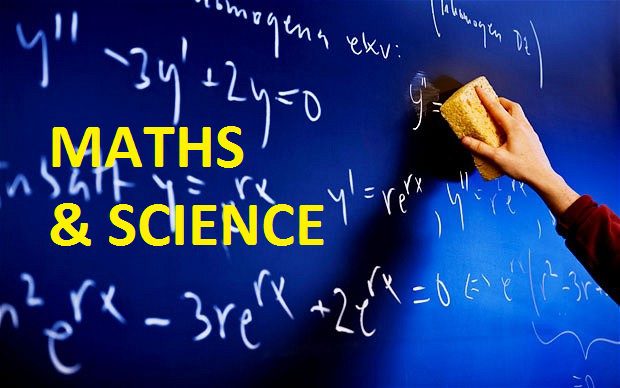
Very few pupils make the connection between Maths and other topics, particularly Science. This is despite the fact that Science is very largely applied Mathematics.
This unit seeks to support the teaching of the Mathematical content of the Science curriculum and breakdown the divide between Pure and Applied Mathematics by bringing Science into the Mathematics classroom.
DELVING INTO DATA
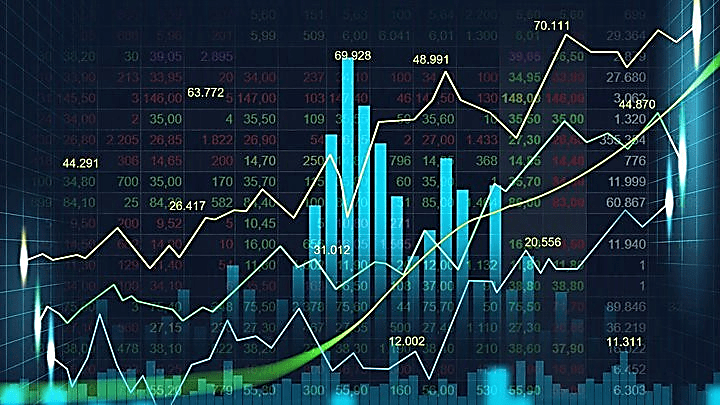
This unit revisits and develops key concepts and skill when dealing with finding the most representative value for a given set of numbers. It also seeks to distinguish the range as a measure of how the numbers are dispersed or spread to give an idea of how consistent the data is.
Pupils are introduced to new techniques of representing data.
FURTHER PROBABILITY AND COMBINATORICS

In this unit the idea of exactly How many choices? you might have for a given combination of events. The concepts of Relative Frequency, the Independence of Events and Conditional Probability are investigated and explored
Read MoreYear 11
NUMBER AND ALGEBRA

This unit revisits a number of key topics from KS3 and extends knowledge of Standard form. This unit also builds and strengthens on Solving equations by reviewing simultaneous equations and building on work that had been completed in year 10.
Read More3D GEOMETRY, SPACE, MEASURE AND VECTORS
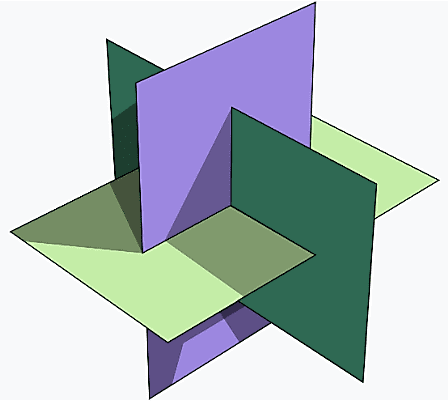
This unit revisits 3D shapes that was taught in Year 9 and builds on previous knowledge by combing different 3D shapes to create complex 3D compound shapes.
This unit also revisits transformations with an emphasis on being able to identify a number of transformations that have been applied to a shape.
PERCENTAGES AND INTERPRETING DATA

In this unit students revisit their knowledge of Percentages and apply their knowledge to different problem solving situations.
Students also work on interpreting and analysing data and in particular reviewing their knowledge on Box and Whisker Plots.
FUNCTIONS
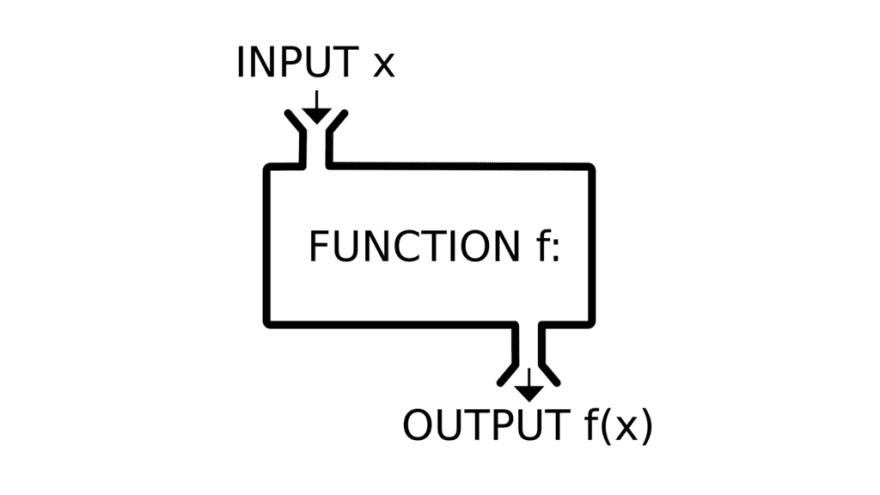
In this unit students review their knowledge of solving algebraic equations. They are also introduced to functions and the use of the function notation to solve more complex problems. Students are not only expected to solve functions but also to work out their inverse functions also. Students will also be given the opportunity to draw and transform these functions graphically.
Read MoreRATIO, PROPORTION, GEOMETRY, SPACE AND MEASURE
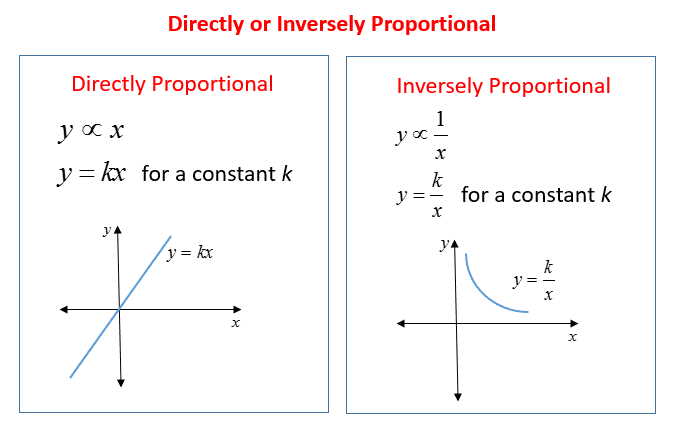
In this unit students revisit compound measures and focus on being able to identify and apply which measure to use given a problem.
Students will also be given the opportunity to extend their knowledge of Surface Area and more specifically working with Spheres and Hemispheres.
INTERPRETING DATA

In this unit students revisit their knowledge of Ratio and apply their knowledge to different problem solving situations.
Students also work on interpreting and analysing data and in particular reviewing their knowledge on Histograms.

